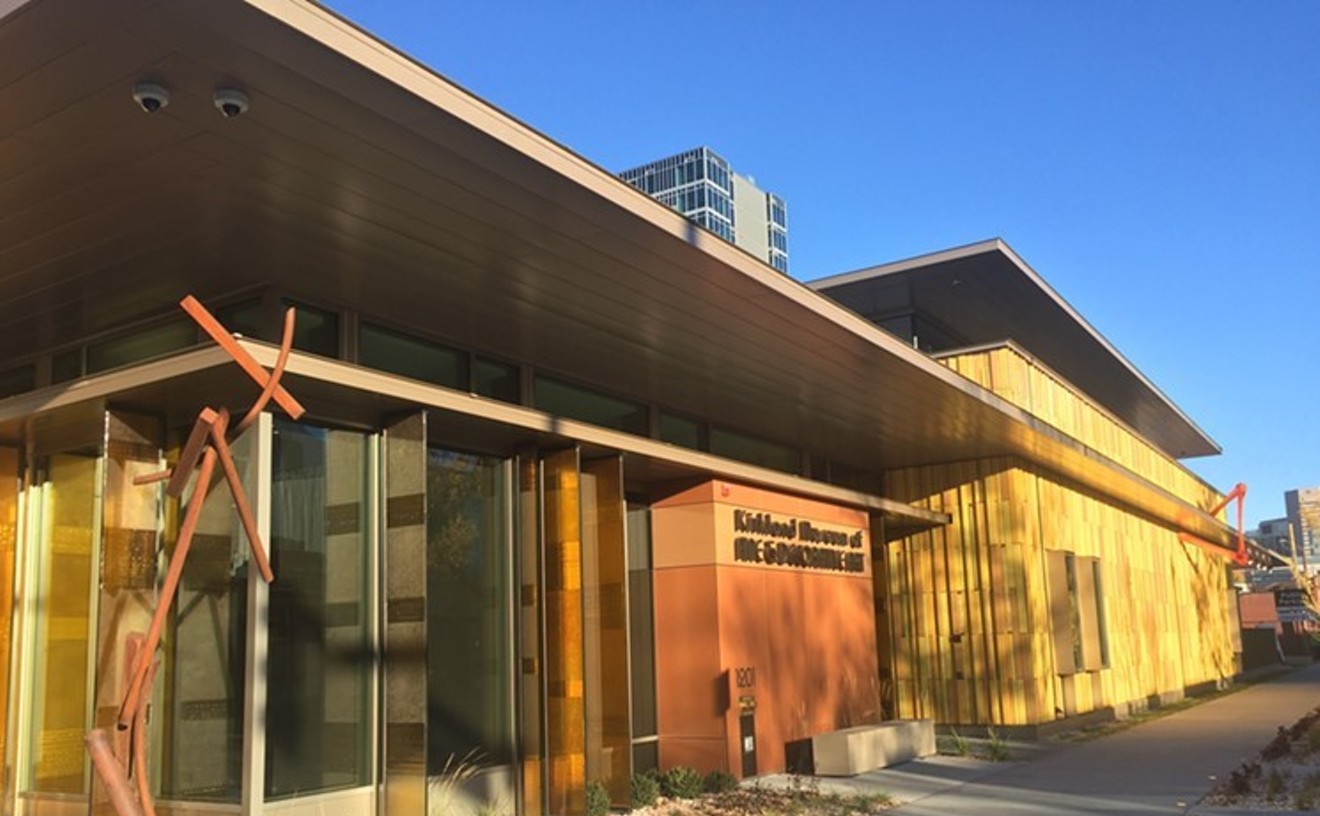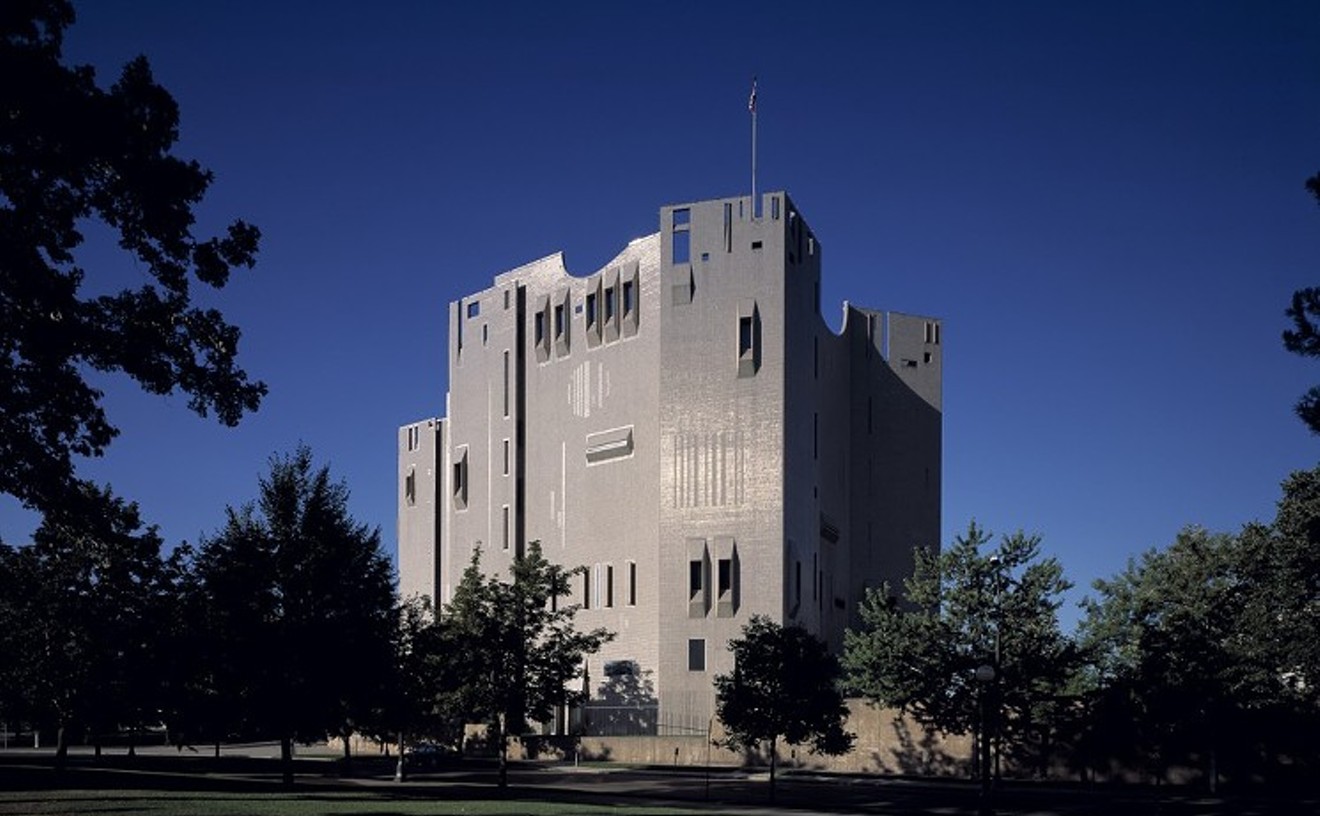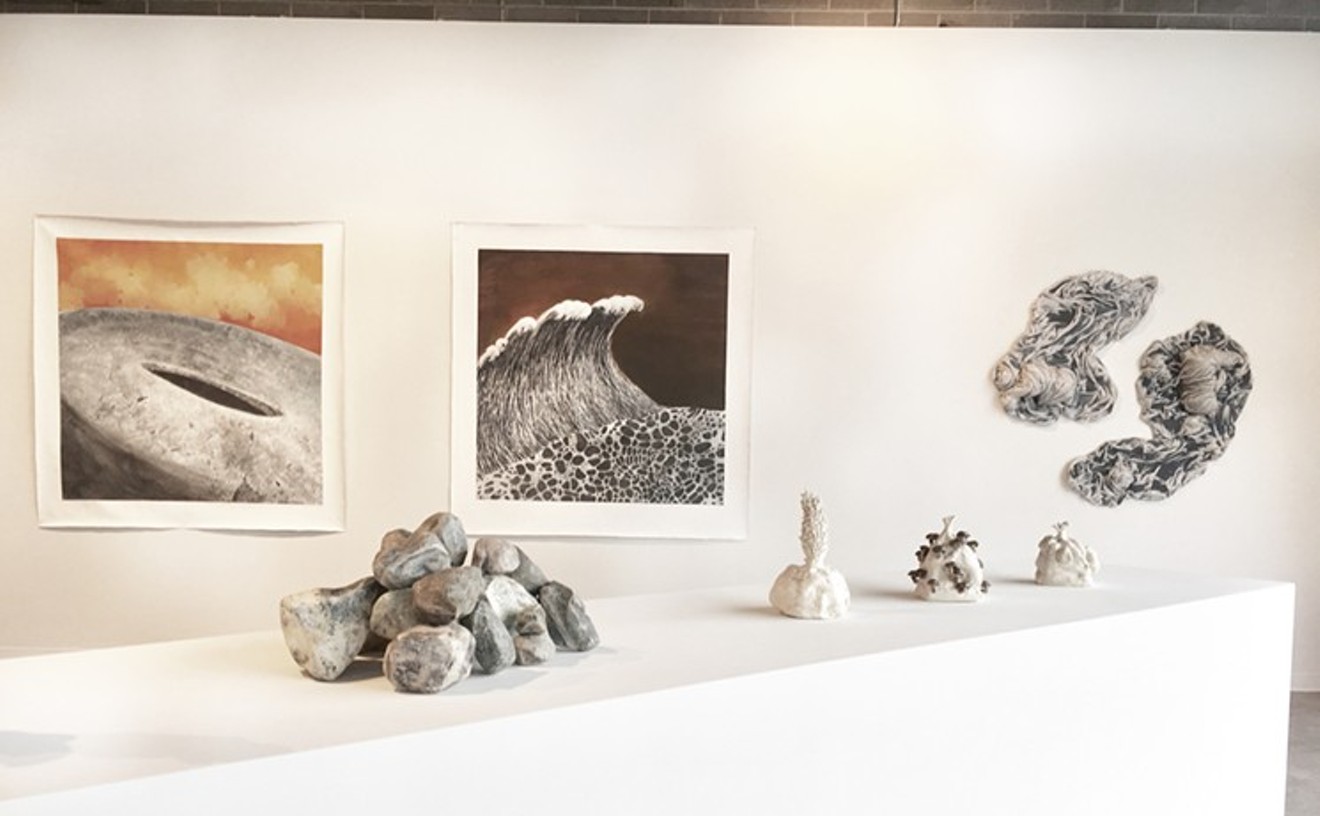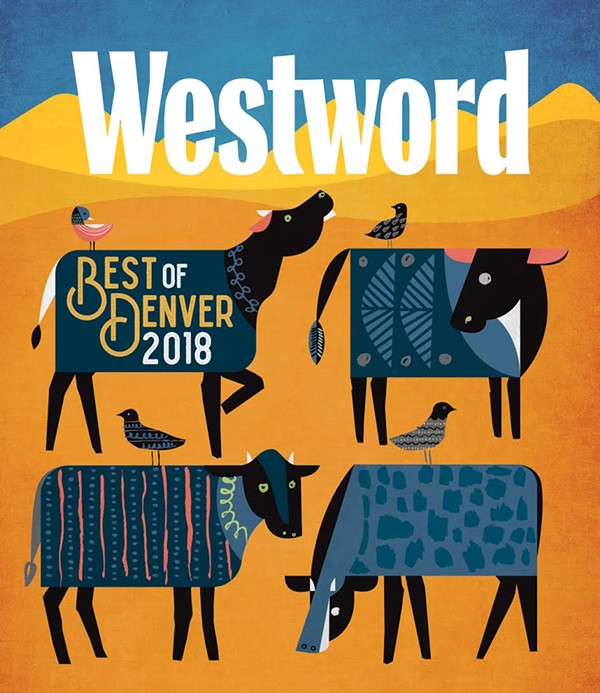The unassuming Ramada Inn at the corner of Speer Boulevard and I-25 is just the right spot to capture sunrise in Denver. From its perch overlooking downtown, you see an urban landscape stretching from Coors Field to Mile High Stadium, with everything in between, including Elitch Gardens, Confluence Park and the downtown cityscape, with bonus points for Pikes Peak off in the distance. Get a coffee on your way, look for the glowing "Hotel" lettering, grab your camera...and turn east to start your morning right.
Readers' Choice: Red Rocks Amphitheatre










